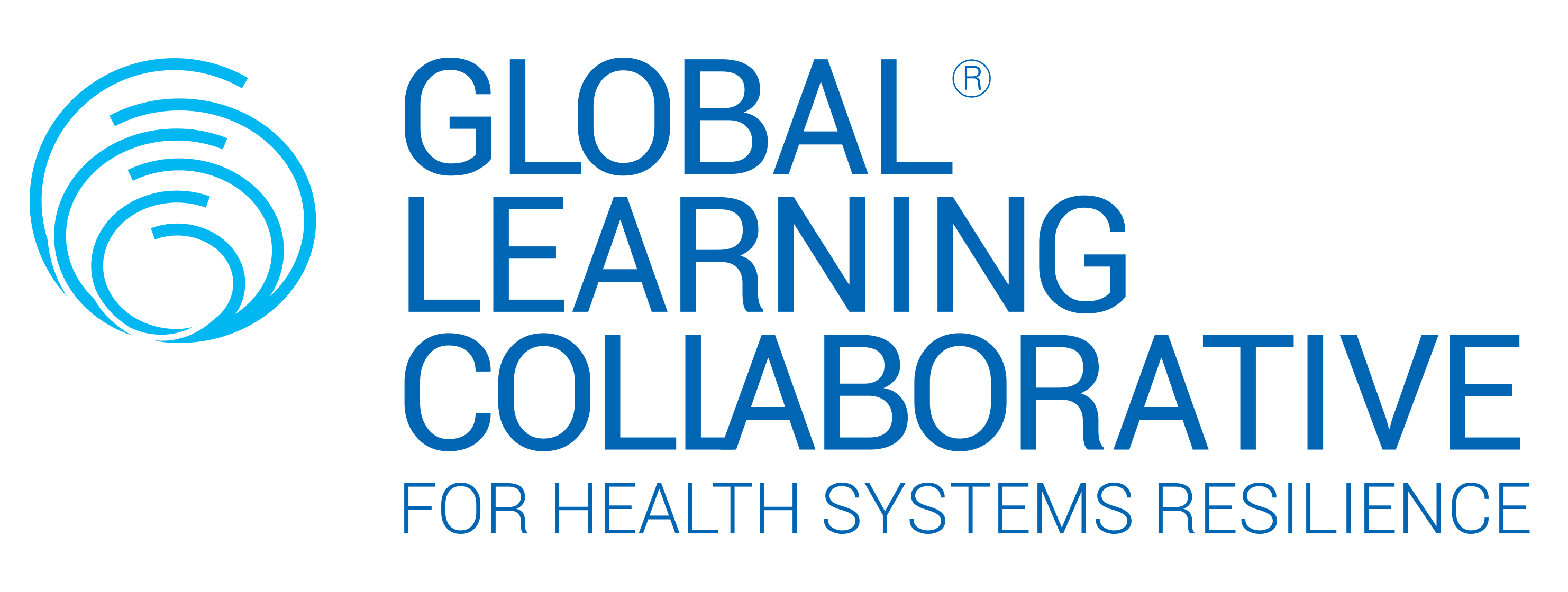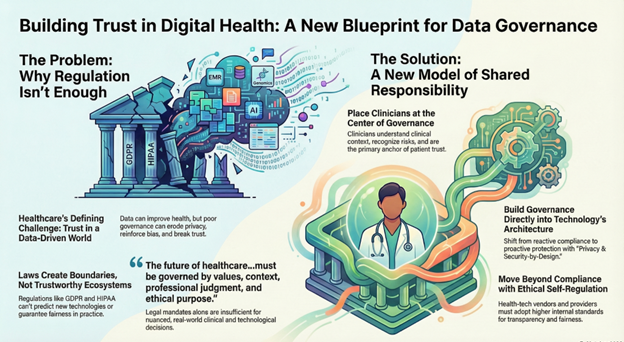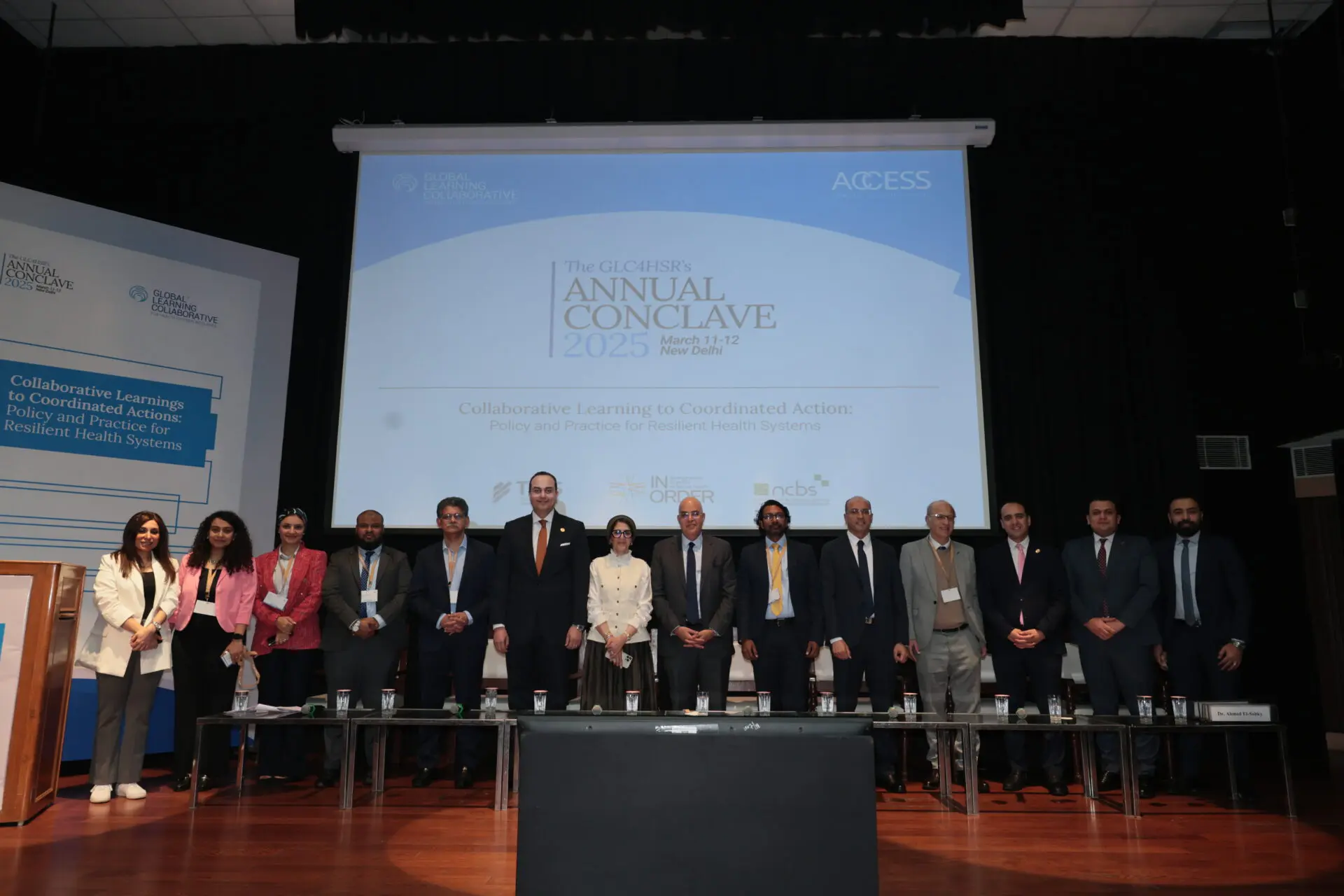The approach to creating the health systems resilience assessment indicators: An update
Updates ▪ Jan 8, 2024
-Dr. Anuradha Katyal and Sushma Marita D’Souza
The GLC4HSR has been working on creating a comprehensive toolkit for the assessment of population health status, it current health needs, and demands. Before evaluating the health systems for their ability to respond to current healthcare needs (both services and goods) and projected needs during a public health emergency (PHE), it is essential to undertake an analysis of its social, economic, environmental, and commercial (SEEC) determinants, as well as other threats specific to a given population.
We are also incorporating a broad set of medical and non-medical financial security indicators to understand how a country safeguards livelihoods and ensures financial protection, even as saving lives is a priority. This process started with a scoping review of the existing literature, followed by targeted key informant interviews and an internal workshop. In this note, we discuss the methodology employed in conducting the primary research through key informant interviews and a validation exercise facilitated by the formation of thematic working groups.
Formation of the indicators – an iterative process
The scoping review of the literature on existing frameworks for assessing health systems resilience identified two distinct sets of indicator categories. Firstly, the health systems building blocks were broadly extended to the context of resilience. Secondly, the review highlighted six previously under-represented indicator groups (including cross-sector collaboration, culture, monitoring and surveillance systems, scientific studies, long term vulnerability reduction, and operational coordination) derived from the literature.
The culmination of the scoping review resulted in a 4x6 matrix wherein indicators are mapped against the six WHO building blocks across the four phases of a health shock: preparation, response, recovery, and mitigation. Within this matrix, we mapped the indicators against the six under-represented indicator groups.
Through primary interviews with experts and two peer-to-peer learning workshops, we refined our understanding of health systems resilience and identified the essential priorities that countries must address to achieve resilience.
The process helped us distill four core themes, namely leadership and governance, provisioning of health, supply of resources, and financial mobilization. Additionally, three cross-cutting themes of information, communications, and relations also emerged, all culminating in the ultimate goal of securing people’s health. We have established operational definitions for each of these indicators.
Based on these core themes, we formulated indicator groups and mapped nearly 100 indicators/measures, drawing from the information gathered from both our scoping review and primary research.
Subsequently, we started preparing for a thematic workshop to put together a penultimate draft of the indicators and conduct a pilot study focused on the Indian health system.
Creation of Thematic Working Groups
The GLC4HSR formed eight working groups, based on the expertise of ACCESS Health International members. Each group was led by a theme lead and a mentor. The mentor and the GLC4HSR teams provided the respective theme-specific indicator lists to the theme leads. A dedicated workshop was organized to outline the methodology behind finalizing the eight themes.
During the workshop the quorum was divided into eight separate groups to deliberate on the following aspects
- Discuss and evaluate the adequacy of the indicators.
- Recommend any additional data points for consideration.
- Suggest information sources and ease of availability through secondary research.
- Help determine what information would have to be collected through primary research and help in identifying the stakeholders.
- Outline steps and processes for further validation.
- Ensure that theme leads of the cross-cutting themes align their indicators with the four core themes.
Each theme lead then held validation exercises with their respective thematic working groups, with participation from the GLC4HSR team. After regrouping, the thematic working groups presented the finalized set of indicators.. A matrix score has been developed for each indicator, with an emphasis on the need for additional workshops and primary research to validate the scores.
For the cross-cutting themes, indicators have been added to the corresponding core themes. Additionally, we will analyze the health system and social themes specific to each country. Stay tuned for our forthcoming newsletter where we will share preliminary findings.






